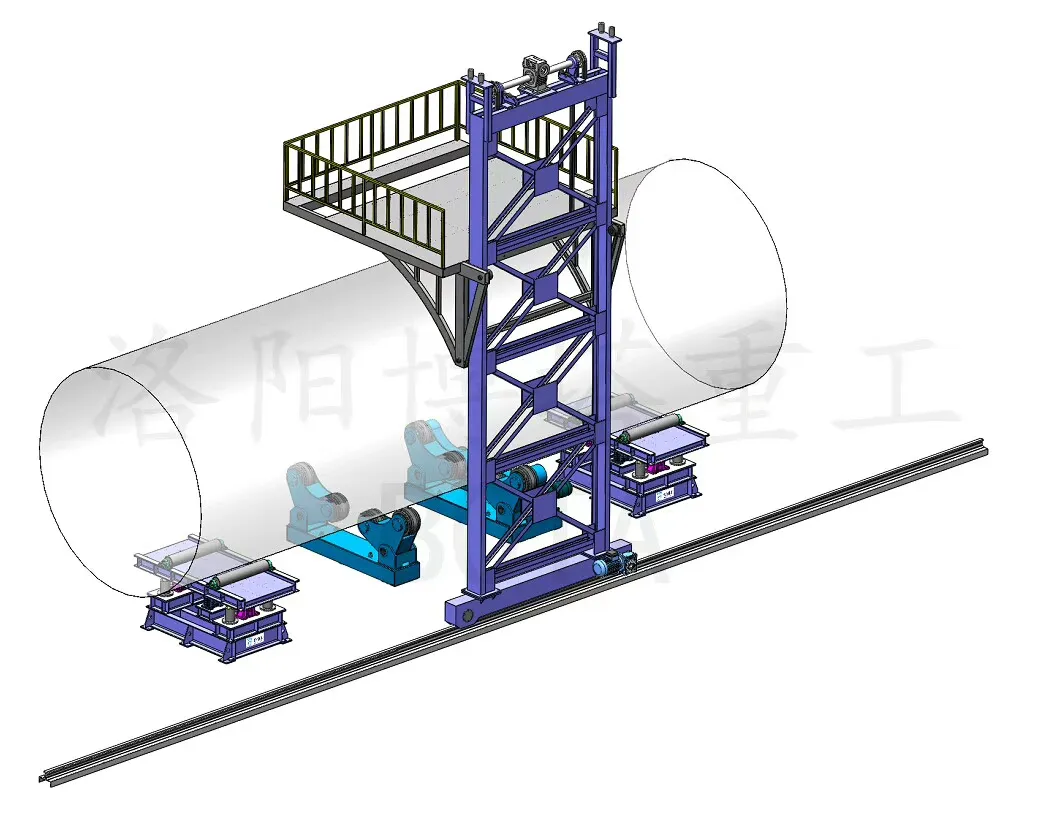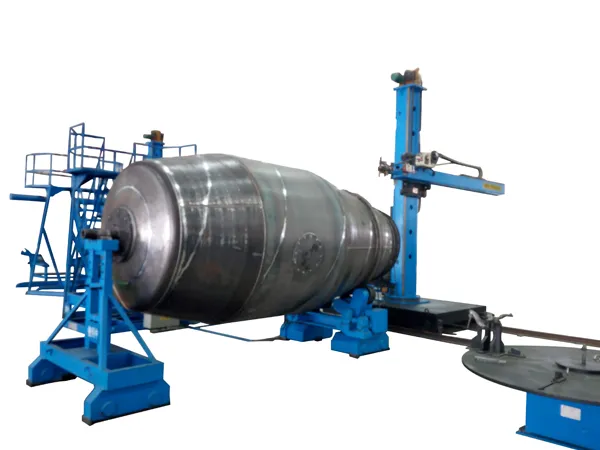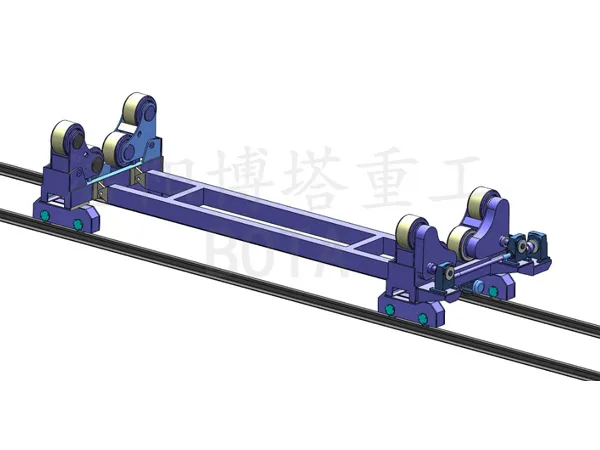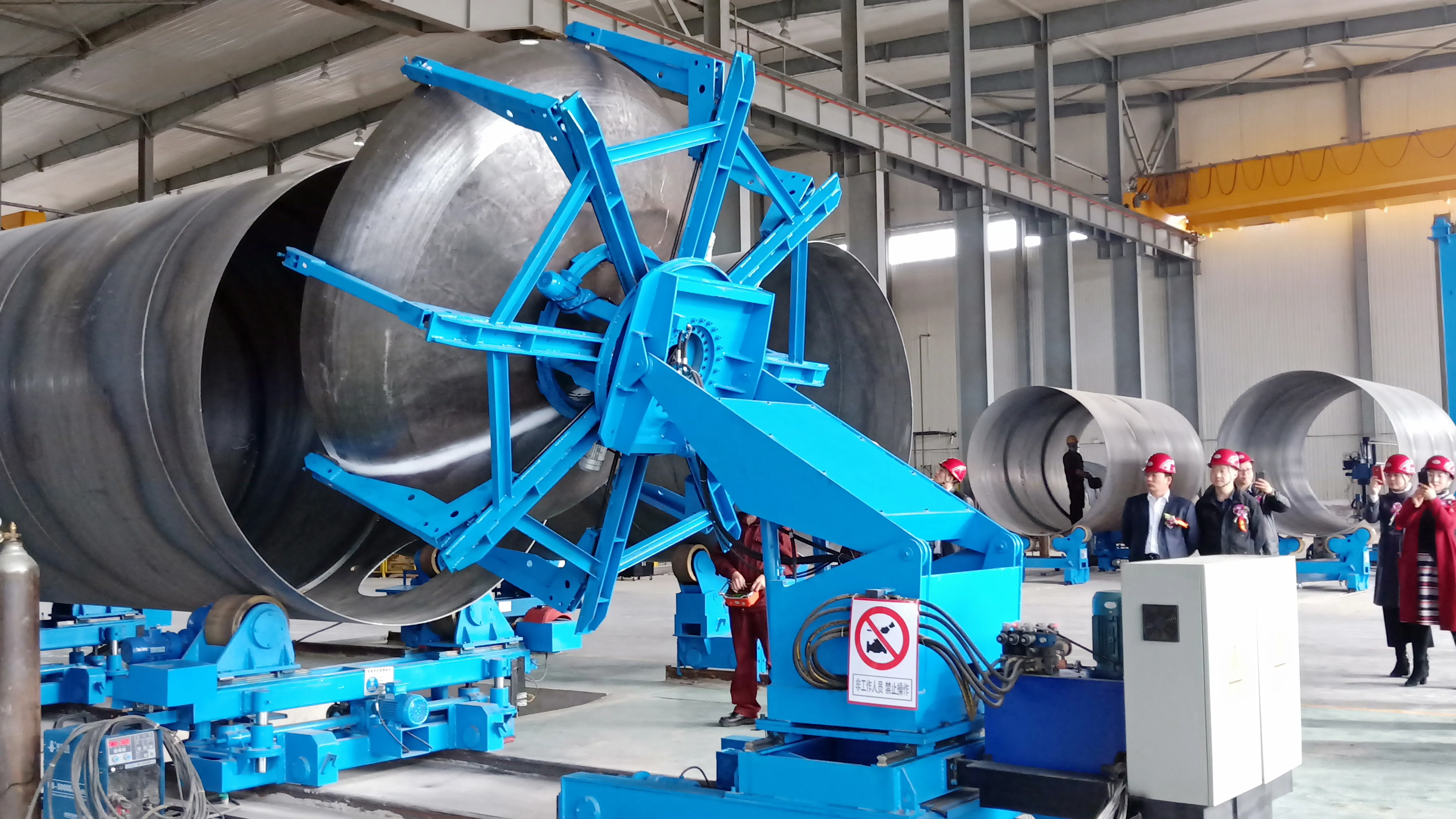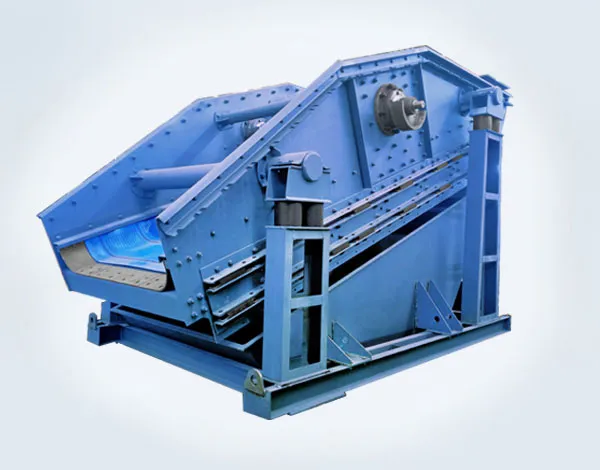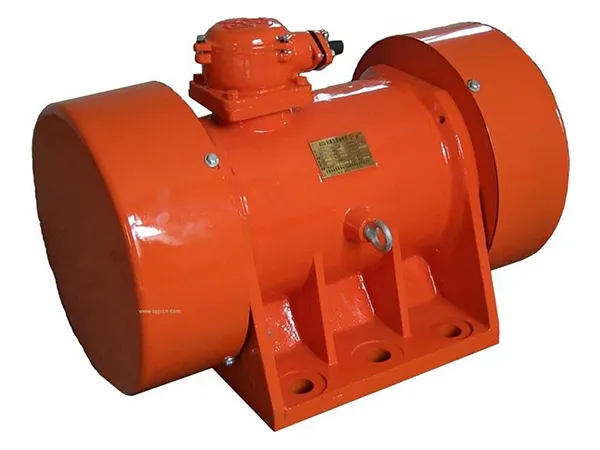Crossed roller bearings are a type of roller bearing designed to handle both radial and axial loads simultaneously. They are known for their high load-bearing capacity, rigidity, and accuracy, making them suitable for applications where precise positioning and high load capacity are critical.
Crossed Roller Bearings Features
Construction: Crossed roller bearings consist of two sets of cylindrical rollers arranged perpendicular to each other, forming an “X” pattern when viewed from above. This crossed arrangement of rollers allows the bearing to accommodate radial, axial, and moment loads in various directions.

High Load Capacity: Due to their unique design, crossed roller bearings can withstand high radial, axial, and moment loads simultaneously. This makes them suitable for applications where heavy loads and high stiffness are required, such as machine tools, industrial robots, and precision equipment.
Low Friction: Crossed roller bearings typically have low friction characteristics, which result in smooth operation and reduced energy consumption. This is particularly advantageous in applications where high precision and efficiency are essential.
High Rigidity: The crossed arrangement of rollers and the precision machining of the bearing components result in high rigidity, providing excellent resistance to deformation and deflection under load. This rigidity is critical for maintaining accuracy and precision in applications such as CNC machining centers and robotics.
…
For more detailed information about the features of crossed roller bearings, please click here: https://www.boyingbearing.com/en/a/news/crossed-roller-bearings-features.html







